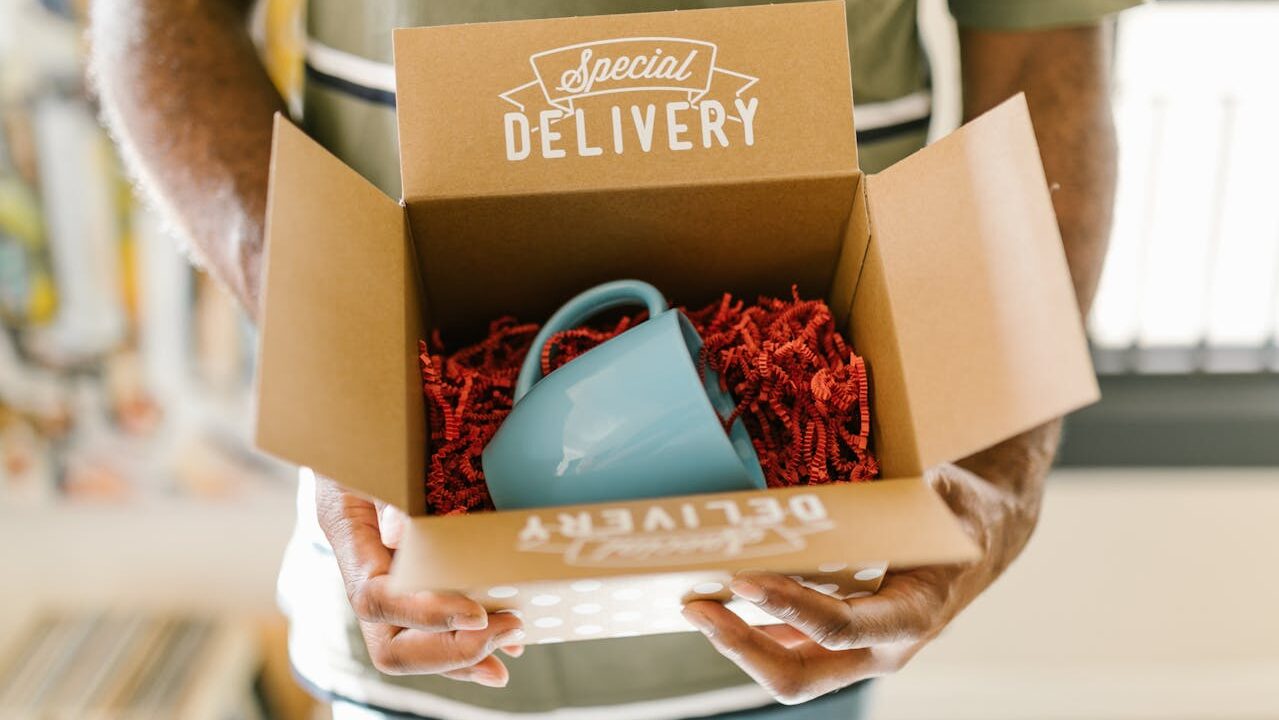
Dropshipping has emerged as a popular business model, offering entrepreneurs the opportunity to start an ecommerce business with minimal upfront investment. In essence, dropshipping allows you to sell products to customers without holding any inventory. Instead, when a customer makes a purchase, the product is shipped directly from the supplier to the customer. This eliminates the need for warehousing and fulfillment operations, making it an attractive option for aspiring online entrepreneurs. In this ultimate guide, we’ll delve into the step-by-step process of starting a dropshipping business in 2024, along with some frequently asked questions to help you navigate this exciting venture.
Dropshipping
In the fast-paced world of e-commerce, dropshipping has emerged as a game-changer, offering aspiring entrepreneurs an accessible pathway to enter the digital marketplace with minimal overhead costs. The concept of dropshipping revolves around a simple yet powerful idea: selling products to customers without the need to hold inventory or manage fulfillment processes. This innovative business model has democratised entrepreneurship, allowing individuals to launch online stores and compete in global markets without the burden of traditional retail logistics.
As we navigate the landscape of 2024, the allure of dropshipping continues to grow, fueled by advancements in technology, changes in consumer behavior, and the increasing accessibility of online platforms. From niche-specific products to trending commodities, the opportunities for success in dropshipping are vast and varied. However, with this potential for profitability comes the need for strategic planning, diligent research, and effective execution.
Step 1: Choose Your Niche
The first step in starting a dropshipping business is selecting a niche market. Your niche should be something you’re passionate about and has a viable audience. Conduct market research to identify trends, competition, and demand for products within your chosen niche. Consider factors such as profit margins, product availability, and target demographics when evaluating potential niches.
Step 2: Research Suppliers
Once you’ve identified your niche, the next step is to find reliable suppliers who offer dropshipping services. Look for suppliers with a good reputation, quality products, competitive pricing, and efficient shipping methods. Popular platforms like AliExpress, Oberlo, and SaleHoo are great starting points for finding dropshipping suppliers. Reach out to potential suppliers to establish partnerships and negotiate terms such as pricing, shipping, and returns.
Step 3: Set Up Your Online Store
After securing suppliers, it’s time to set up your online store. Choose an e-commerce platform that aligns with your business needs and budget. Shopify, WooCommerce, and BigCommerce are popular choices for dropshipping businesses due to their user-friendly interfaces and robust features. Customize your store’s design, add product listings, set pricing, and configure payment and shipping options. Ensure that your store is optimized for mobile devices and offers a seamless checkout experience.
Step 4: Market Your Products
With your store up and running, it’s crucial to drive traffic and generate sales. Implement a comprehensive marketing strategy that encompasses social media marketing, search engine optimization (SEO), email marketing, influencer partnerships, and content marketing. Create engaging content that resonates with your target audience and showcases the value of your products. Leverage social media platforms, such as Instagram, Facebook, and TikTok, to build brand awareness and engage with potential customers.
Step 5: Manage Customer Orders and Fulfillment
As orders start rolling in, it’s essential to manage customer orders and fulfillment efficiently. Automate order processing and fulfillment by integrating your store with your dropshipping supplier’s systems. Monitor inventory levels and update product availability in real-time to prevent stockouts and backorders. Provide excellent customer service by promptly addressing inquiries, resolving issues, and ensuring timely delivery of orders. Maintain transparency with customers regarding shipping times and tracking information.
Step 6: Analyze Performance and Optimize
Regularly monitor your dropshipping business’s performance and analyze key metrics such as sales, conversion rates, customer acquisition cost, and return on investment (ROI). Use analytics tools and reports provided by your e-commerce platform to gain insights into customer behavior and market trends. Identify areas for improvement and optimization, such as product selection, pricing strategies, marketing campaigns, and website usability. Experiment with different approaches to see what resonates best with your target audience and drives results.
(FAQs)
- Is dropshipping still profitable in 2024?
Yes, dropshipping can still be profitable in 2024, provided you choose the right niche, find reliable suppliers, and implement effective marketing strategies. While competition in the dropshipping space has increased over the years, there are still plenty of opportunities to succeed with the right approach and execution.
- How much does it cost to start a dropshipping business?
The cost of starting a dropshipping business can vary depending on factors such as e-commerce platform fees, marketing expenses, and any additional tools or services you may need. However, compared to traditional retail businesses, dropshipping requires significantly lower upfront investment since you don’t need to purchase inventory or manage warehousing.
- How do I handle returns and customer service as a dropshipper?
When it comes to returns and customer service, communication is key. Work closely with your dropshipping suppliers to establish clear return policies and procedures. Ensure that customers have a seamless experience when returning products and receiving refunds or replacements. Provide responsive and helpful customer support to address inquiries, resolve issues, and maintain positive relationships with your customers.
- Can I drop ship products from multiple suppliers?
Yes, you can dropship products from multiple suppliers to offer a wider variety of products to your customers. However, it’s essential to manage inventory levels and shipping times effectively to prevent delays and discrepancies. Consider using inventory management software or platforms like Oberlo to streamline the process of sourcing products from multiple suppliers.
Wrapping Up
In conclusion, dropshipping offers a low-risk, high-reward opportunity for aspiring entrepreneurs to start an ecommerce business. By following the step-by-step process outlined in this guide and leveraging effective strategies and best practices, you can build a successful dropshipping business in 2024 and beyond.








